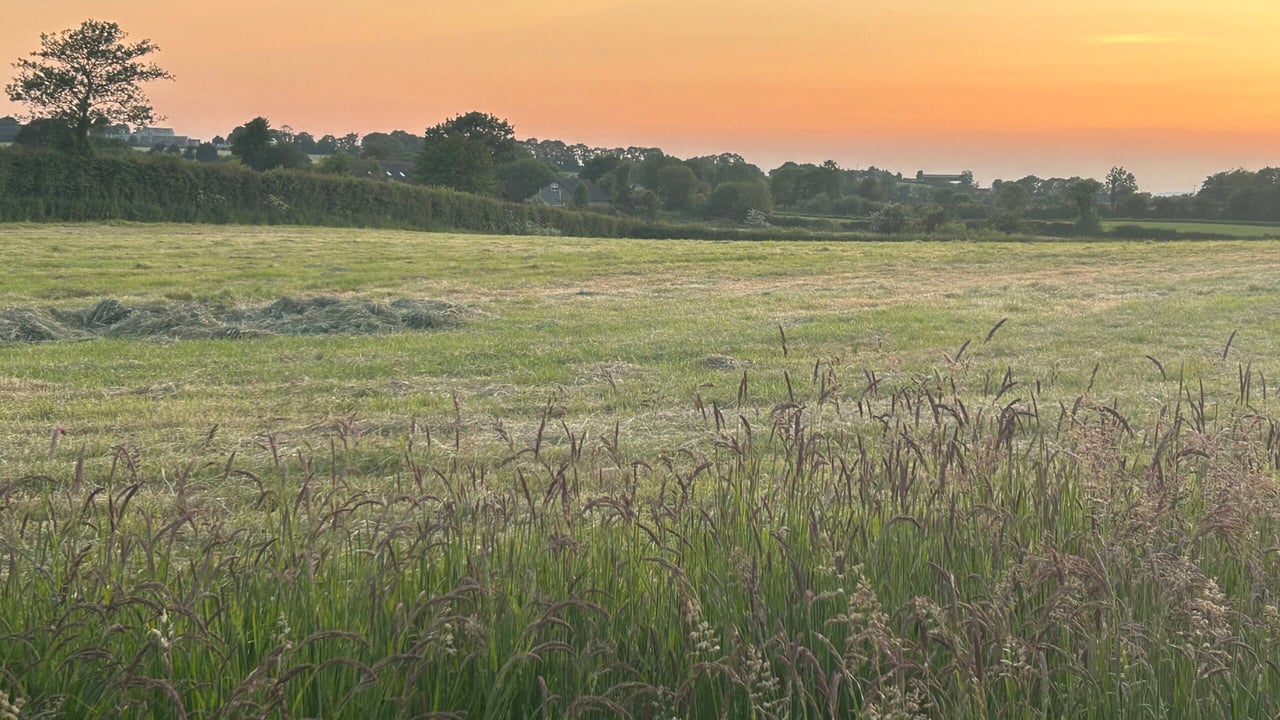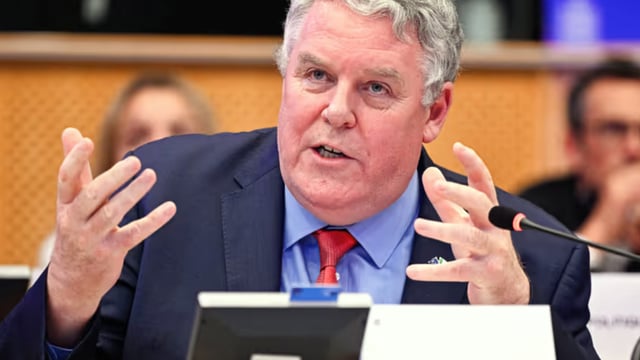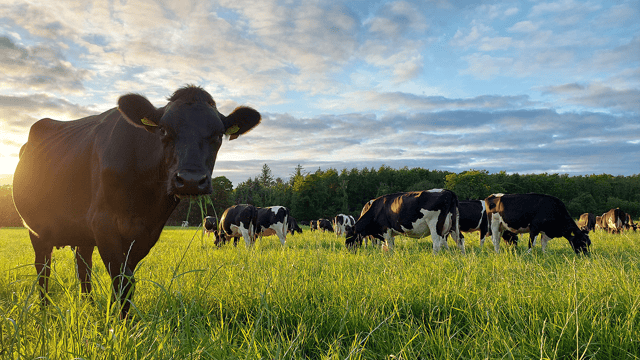What will the Carbon Tax be used for?
In Ireland, there is a carbon tax on all fuel supplied. The tax is based on the amount of carbon dioxide (CO2) that the fuel emits when it is used.
The Solid Fuel Carbon Tax applies to coal and peat, while the Natural Gas Carbon Tax applies to natural gas supplied to consumers.
Natural gas supplied as fuel in a motor vehicle is called 'vehicle gas' and is instead liable to Mineral Oil Tax, part of which is a carbon charge.
The Mineral Oil Tax Carbon Charge also applies to petrol, auto-diesel and marked gas oil, otherwise known as 'green-diesel'.
Carbon tax on petrol and diesel is €71/t of carbon dioxide emitted, since Budget 2026 was announced yesterday (October 8), an increase of €7.50/t compared to last year.
For other fuels, the current rate of carbon tax is €63.50/t, increasing to €71/t from May 1, 2026.
So what's in Budget 2026 for farming from the Carbon Tax?
There has been €4.2 million in total carbon tax allocations between 2020 and up to 2026.
The departments to benefit from the tax revenue include: Department of Agriculture, Food and the Marine (DAFM); Department of Social Protection; Department of Climate, Energy and the Environment; Department of Transport; and Department of Housing, Local Government and Heritage.
The majority of the €173 million allocated rom the carbon tax to DAFM was spent on the Agri-Climate Rural Environment Scheme (ACRES).
| Fuel type | Typical fuel bundle | Carbon tax rate 2025 (€63.50) | Carbon tax rate 2026 (€71) | Impact of +€7.50 |
|---|---|---|---|---|
| Petrol | 60L fill | €10.84 | €12.13 | +€1.28 |
| Diesel | 60L fill | €12.54 | €14.02 | +€1.48 |
| Kerosene | 900L tank | €164.27 | €183.68 | +€19.41 |
| Coal | 40kg bag | €7.59 | €8.49 | +€0.90 |
| Gas | 11,000kWh | €143.33 | €160.31 | +€16.98 |
Outlining the impact of the carbon tax as part of the Budget 2026 announcement, the government has said that "between Budget 2020 and Budget 2025, over €3.1 billion in additional carbon tax revenues has been allocated to programmes to insulate the most vulnerable from the increases in the carbon tax and to support decarbonisation and energy efficiency programmes across buildings, agriculture and transport".
In Budget 2026, €170 million euro has been set aside for DAFM to spend on incentivising "green and sustainable farming". This is an increase of €30 millio year-on-year.
A further €3 million will be spent by DAFM on "green agricultural pilots".
This increased funding will be used to fund ACRES detailed in Ireland’s Common Agricultural Policy (CAP) Strategic Plan 2023.
The purpose of the scheme is to support up to 55,000 farmers, when fully operational, who undertake actions that are beneficial for the environment.
This aims to support improved outcomes on biodiversity, climate, and air and water quality. The scheme consists of twoapproaches:
- An ACRES general approach, open to all farmers for targeted and general actions;
- A Co-operation Project approach, focused in defined high priority geographical areas,
for general actions, as well as bespoke farm, landscape and river catchment actions.
Participating farmers are required to address priority assets (e.g., critical source areas for water, priority habitats) on their farms, similar to previous agri-environment and climate measures.
These actions are a combination of prescription-based measures (at a fixed rate of payment) and results-based measures (where the level of payment is based on the results achieved).
Farmers in areas with higher environmental priorities are able to participate in specific cooperation actions which may attract higher payments.
Any additional bespoke farm/landscape measures required are implemented with the assistance of the Cooperation Project Team at local level.
This cooperation element will support a landscape approach in these areas for the management and restoration of priority habitat/species, according to the government.
It will also aid carbon storage, water quality, and biodiversity through improved land management and resilience.
This is also expected to have a positive impact on other problems facing these landscapes, such as, landslides, flooding, mountain fires, and management of commonages, invasive species and predator control.
There are also dedicated actions on improved water table management.
Similarly, significant tree planting measures are included, including agro-forestry and riparian planting. These elements will help deliver co-benefits on water quality and biodiversity.
What else does the Carbon Tax fund?
Budget 2026 allocates €558 million from the carbon tax which will fund SEAI grant schemes and initiatives, including:
- The Warmer Homes Scheme, a fully funded energy upgrade scheme which aims to improve the energy efficiency and warmth of homes owned by people in or at risk of energy poverty;
- The National Home Energy Upgrade Scheme, supporting homeowners to achieve deeper (B2) retrofits with heat pumps;
- The Better Energy Homes Scheme, for homeowners wishing to take a step-by-step approach to upgrading their homes;
- The Community Energy Grant scheme which supports cross-sectoral and community oriented partnership approaches that deliver energy savings;
- The Solar PV Scheme, which for homeowners that wish to generate renewable electricity.
As outlined in the National Biomethane Strategy, the government said it is committed to supporting delivery of up to 5.7TWh of indigenously produced biomethane by 2030.
A combination of European Commission funding (REPowerEU) and national carbon tax funding will be utilised to progress the key actions in the strategy that fall under DAFM’s remit.





